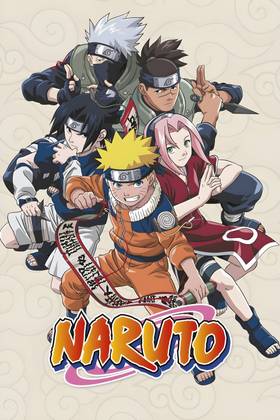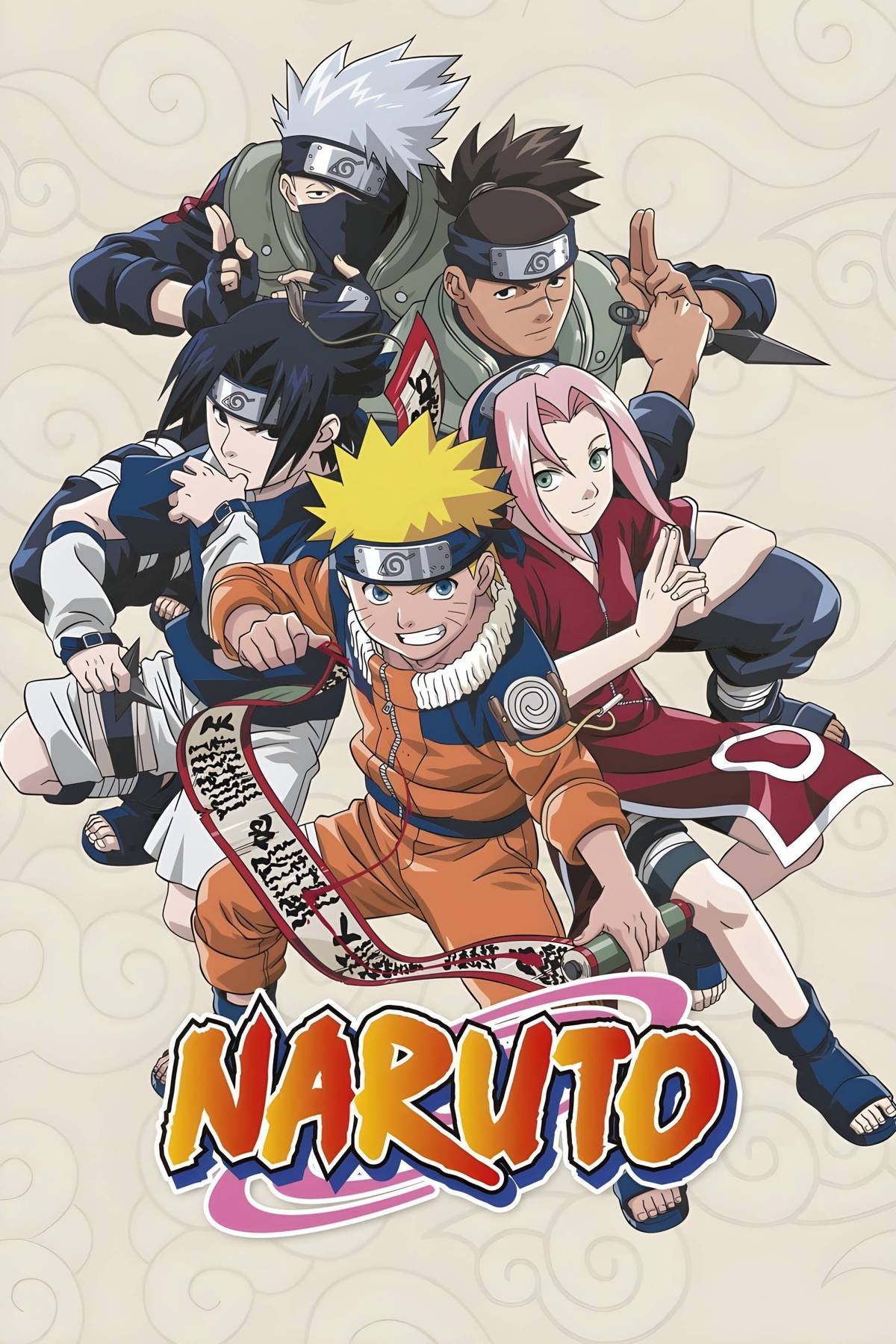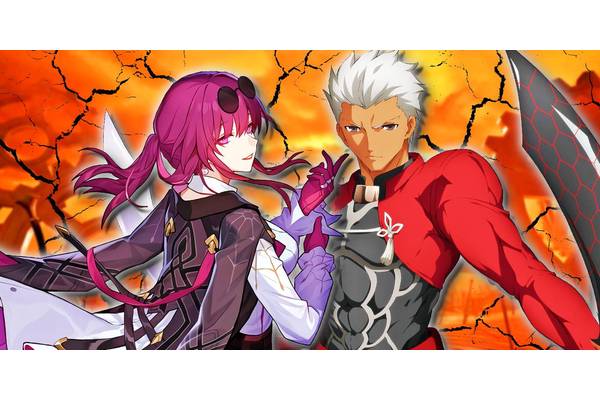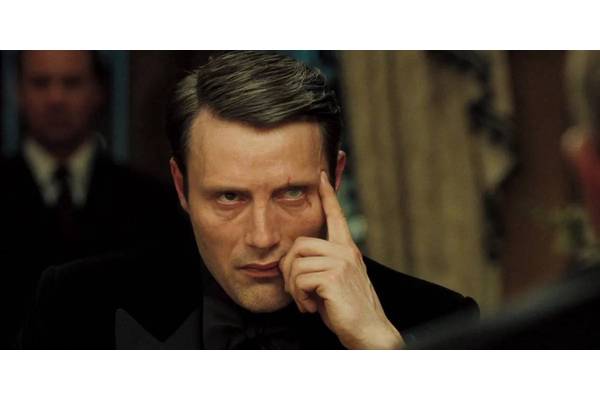10 Times Naruto Was Censored For the Absolute Worse
Even Naruto fans might not have the full picture of how gruesome its manga can be compared to the anime. Throughout its run, Naruto had numerous scenes which were censored in the anime adaptation. Otherwise, scenes might have been censored in order to make them more palatable for international audiences.
Naruto is a franchise which already has a hard time shaking its childish associations—its censorship has only served to reinforce these unfortunate circumstances. When Naruto eventually gets a remake, one of the priorities will need to be undoing a lot of the censorship emerging during its initial adaptation. Although some fans might see the violence and gore as gratuitous, it's crucial for actually getting across the threats and dangers of Naruto's universe.
Orochimaru's Lair
Chapter #121 In Manga, Episode #72 In Naruto
While Naruto's anime does work to show Orochimaru's darker side, especially in the filler, it's easy to come away with the image that he's not all that bad. This is especially important when it comes to his characterization within Naruto's world. While it's clear that Orochimaru's actions themselves are horrible, the insulation of viewers from its gory reality provides a misguided ease when Orochimaru is on-screen.
In the manga, though, things are completely different. Naruto's anime took the liberty of refusing to show Orochimaru's human experiments, and they're crucial for painting a full picture of the human cost of Orochimaru's quest for immortality. Disassembled corpses show why Orochimaru's human experiments actually make him an enemy, and take his acts from the realm of myth to brutal reality.
Shikamaru Doesn't Smoke
Chapter #328 In Manga, Episode #80 In Naruto: Shippuden
In both Naruto's anime adaptation and the English manga translation, Shikamaru takes Asuma's lighter as he passes away. However, in the original manga, he takes it one step further: he actually smokes in honor of Asuma. Considering Shikamaru's growth throughout Naruto and his eventual destiny as an interim Hokage in Boruto, the scene has an additionally bittersweet aspect.
It's a matter of Shikamaru paying total respect to his origin and upbringing. Beyond just carrying Asuma's lighter around, Shikamaru's decision to smoke—in other words, to mirror the behavior of Asuma, and not just hold onto a keepsake—shows the length to which Shikamaru's image of leadership, maturity, and adulthood had been catered by him. Shikamaru's devastating epiphany that he "knew he'd hate smoking" after the fact adds emotional depth as he breaks down: a habit, and a part of Asuma, he couldn't hold onto.
Kakashi's Genjutsu
Chapter #6 In Manga, Episode #5 In Naruto
As Naruto presses on, it becomes perfectly clear just how terrifying genjutsu can be. However, the Naruto manga made this case much earlier on: during the bell test, where Team 7 has to try to steal a bell from Kakashi. Fans will remember this as one of the earliest moments in the show to establish exactly what ninja are, what they do, and how they work in Naruto's world.
Kakashi puts Sakura under a genjutsu where she has a surreal experience of a mutilated Sasuke and is left unconscious. The thing is that, for Team 7, this whole experience functions as a ruthless stress test showing them the brutal realities of ninja combat. In the manga, Kakashi shows Sakura a much more horrifying vision of Sasuke where his limbs are missing or contorted. In the anime, the horror is scaled back, with Sasuke just bloodied and impaled by some kunai.
Tayuya's Genjutsu
Chapter #208 In Manga, Episode #122 In Naruto
Speaking of the horrifying potential of genjutsu, Shikamaru also got a horrifying look into this power's potential—and it would also be censored in the anime. When a squad of young Konoha shinobi runs up against the Sound Four during Naruto's Sasuke Recovery Mission arc, Shikamaru comes up against Tayuya. Tayuya unleashes a genjutsu that's absolutely bone-curdling.
Literally bone-curdling, too, in the manga, where Shikamaru's flesh melts away and leaves exposed bone in its wake. In the anime, the scene instead sees his entire arm melt off, bones included. In general, Naruto's first anime doesn't go quite far enough in communicating the horror of genjutsu's hallucinatory visions. Sakura and Shikamaru's genjutsu visions are both censored in arcs which bookend the original series. It's an interesting example where the argument about censorship for the sake of young viewers doesn't make sense, as the scenes remain horrifying.
Naruto's Mask Shop Was Ruined
Chapter #150 In Manga, Episode #86 In Naruto
Naruto doesn't exist in a vacuum, obviously. In the manga, Kishimoto embraced this with one scene during one of the series' lighter moments. When Naruto takes a stroll to a local mask shop, there are countless pop culture references that Kishimoto intentionally included. In the anime, though, these are replaced with generic masks. The motivation behind this is most likely a simple matter of licensing restrictions, but in a strange way, it does the manga a disservice.
Part of the reason Naruto is so great is that it takes place within the historical context of shōnen manga. Naruto's paradigm shift signals modern shōnen series altogether, a testament to its substantial legacy. However, it also doesn't stand on its own. Kishimoto knowingly peppered in these references, and they're much more than an easter egg: they show the very series which Kishimoto expected Naruto's readers to know and understand. It's a small thing, but it connects Naruto to a larger canon of media aimed at its shōnen demographic, and the franchise is worse-off without it.
Naruto's Shadow Clone Hit By Kaguya
Chapter #684 In Manga, Episode #470 In Naruto: Shippuden
Kaguya's All-Killing Ash Bones is a truly terrifying jutsu that perfectly shows why Kaguya outpaces Madara as Naruto's most overpowered villain. It's also one of the only jutsu to truly deserve the title "certain-kill jutsu". Capable of being deployed in any variety of ways, All-Killing Ash Bones tears its victim apart at a molecular level, leaving only ashes behind. It's a tragic, horrifying way to go.
This is conveyed thoroughly in Naruto's manga, when one of Naruto's shadow clones is pierced by the jutsu and shrieks in pain. This gets across the whole reality of molecular disintegration and even gives a picture of its mechanism: from the outside, the nerves signaling pain are one of the last things to be disintegrated—everything else goes first, maximizing the horror and putting on full display Kaguya's immense terror as an opponent. In the anime, its effect is blunted, as Naruto's shadow clone dies silently.
Guren's Escape From The Hideout
Chapter #349 In Manga, Episode #117 In Naruto: Shippuden
Guren is one of the prisoners held by Orochimaru at the Northern Hideout. When he attempts to escape during the Itachi Pursuit Mission arc, he's countered by several guards who try—and fail—to stop him. Guren's retaliation brings an immensity of bloodshed, conveying the pure violence of which he's capable.
Except for one thing: in the anime, very little blood is shed. In fact, no blood marks his trail. It's a funny case where censorship both accomplishes nothing while ruining the scene's impact. On one hand, his efforts to fight back the guards who are supposed to contain him obviously lead to their incapacitation, in one way or another, so the censorship doesn't do much. On the other hand, when he comes up against Sasuke and Hebi, the murderous bloodlust which made him a truly formidable opponent hasn't been as effectively laid, blunting the effect when Sasuke and company easily dispose of him.
Zaku's Arm Is Destroyed By Shino
Chapter #69 In Manga, Episode #40 In Naruto
In one particularly notable example, the anime actually made a scene more gruesome than the manga—in the opinions of many fans, anyway. During the Chunin Exams, Shino faced off against Zaku, who was there under the orders of Orochimaru. Shino is already one of Naruto's most underrated characters, but this exam is one of the early moments where his bug-centered jutsu techniques get a chance to shine.
This showdown was changed between the anime and manga: the manga shows Zaku's arm getting directly blown off, where in the anime, only Zaku's skin is affected—now pocked with holes. This isn't necessarily for the best. Many Naruto lovers have found the anime's changes to be more disconcerting. Not to mention, in the manga, this is a moment where Shino's destructive power is realized by the other young Konoha shinobi. This might just be one situation where the manga is relatively merciful, but it's also one where it makes Shino look much stronger than the anime does.
Nagato Overuses The Chibaku Tensei
Chapter #441 In Manga, Episode #168 In Naruto
Pain's Assault is among Naruto's most renowned and best remembered story arcs. As the story of the Amegakure orphans unfolds and the stakes for Nagato and Konan become abundantly clear, it's also revealed that Nagato is hanging on by a thread physically. In one pivotal moment in the manga, this is depicted frankly with Nagato coughing up blood after overusing the Chibaku Tensei, a jutsu with an immense gravitational pull.
On one hand, Nagato's physical condition is made perfectly obvious in the anime; on the other, the decision to replace Nagato's coughing of blood with an innocuous bit of spit is questionable. One of the most moving and compelling aspects about Nagato's role as Pain is his utter devotion to Akatsuki's founding ideals. The cough of blood shows that, despite the physical pain and suffering of a greatly weakened Nagato, the overall mission of Akatsuki is worth dying for. It loses effect in its anime iteration in a way that's totally avoidable.
The Hyuga Main Family Juinjutsu
Chapter #102 In Manga, Episode #61 In Naruto
Of all Naruto's changes, debate has always brewed around one in particular. Either side of this debate can make a compelling case, too. The Hyuga Main Family's seal is communicated through a manji in the manga—a counterclockwise variation of the swastika. Because of its associations with Nazism outside Asia, the English version of the manga and the anime alike would instead replace the manji with a simple X-shaped cross. On its face, this is a very responsible change.
However, it's also an example of the balancing act of censorship, and the massive debates that can open up around it. Knowledge of the symbol's meaning in Asia could provide younger viewers with an excuse for invoking the swastika insensitively, but it could also open them up to other cultures around the world and the fact that symbols can be overloaded with different interpretations based on how they're perceived. Of all Naruto's censorship, the Hyuga Main Family's sealing mark is one of the most ambiguous examples.

- Latest Film
- Boruto: Naruto the Movie
- First TV Show
- Naruto
- Latest TV Show
- Boruto: Naruto Next Generations
- First Episode Air Date
- October 3, 2002
- Cast
- Junko Takeuchi, Maile Flanagan, Noriaki Sugiyama, Chie Nakamura, Kazuhiko Inoue, Nana Mizuki, Hideo Ishikawa, Yûko Sanpei







